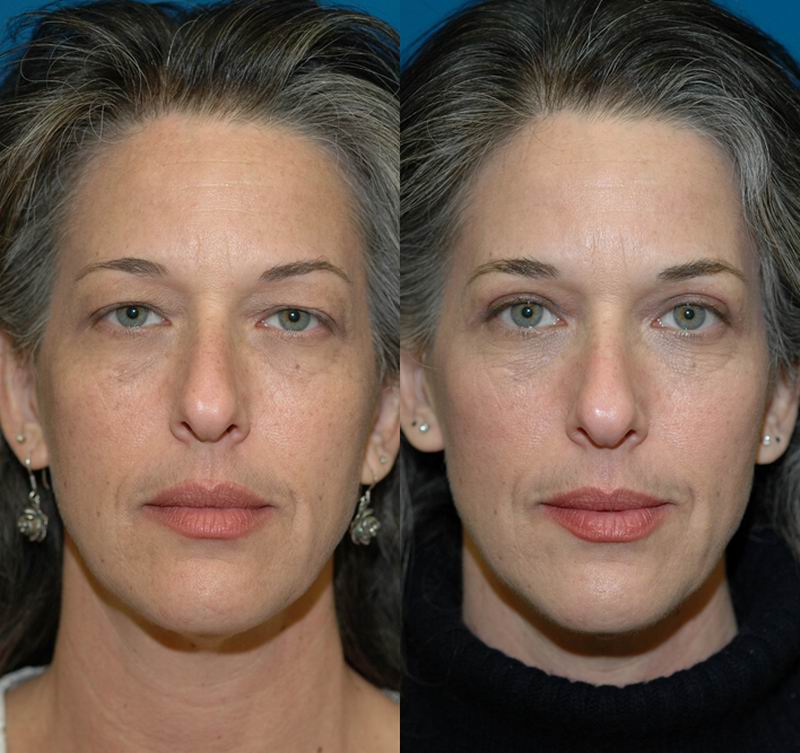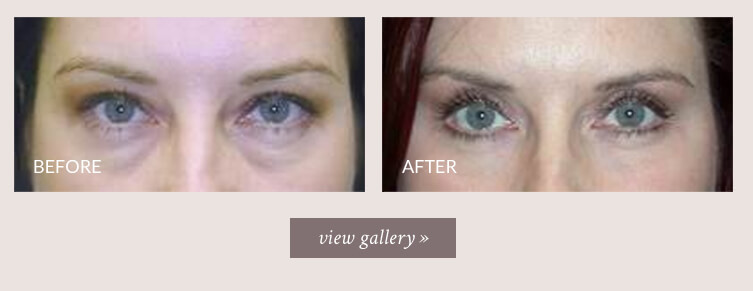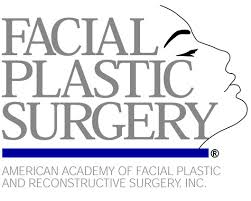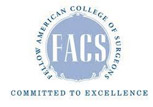Upper Eyelid Lift
Blepharoplasty (Eyelid Rejuvenation Surgery)
Blepharoplasty (also known as cosmetic eyelid surgery or eyelift) is one of the most commonly performed procedures in plastic surgery. Dr. Naficy has performed thousands of cosmetic eyelid procedures and is experienced in all techniques of blepharoplasty, including methods that do not require external incisions (transconjunctival blepharoplasty), methods that utilize lasers instead of incisions (laser blepharoplasty), and methods that rejuvenate the eyelids using fat restoration (fat grafting). The single most important consideration in eyelid rejuvenation is that each patient has unique eyes and the surgical plan needs to be customized to the specific features of each patient's anatomy.
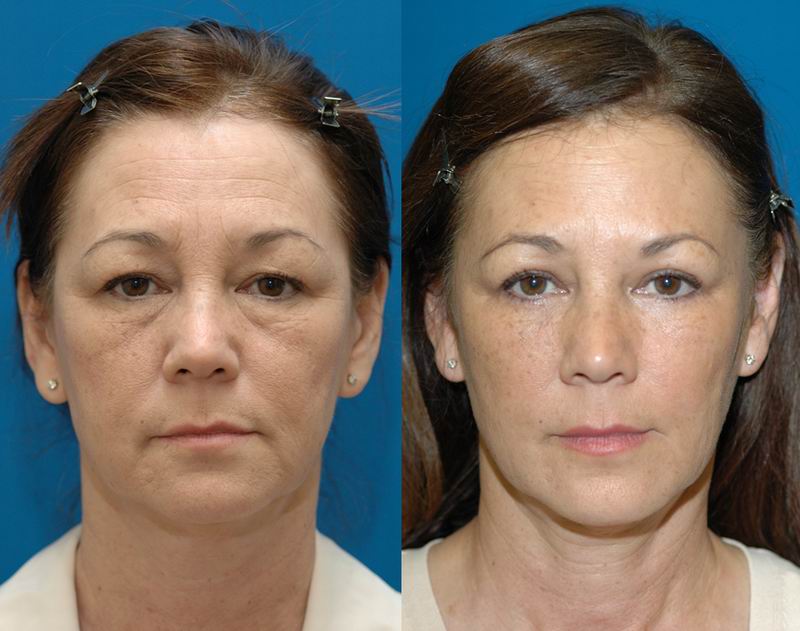
Upper blepharoplasty, Lower blepharoplasty, and Fat grafting by Sam Naficy, MD * Individual results may vary.
Dr. Naficy's practice has been 100% devoted to facial plastic surgery for the past 20 years. This is why Seattle doctors and patients have voted Dr. Naficy one of the top plastic surgeons for the face. Patients from the entire globe seek Dr. Naficy's expertise and he has many patients flying in for surgery both nationally and internationally.
How do the eyes age?
The eyes are usually the first place to show signs of aging. Over time, the upper eyelids can develop folds of loose skin that give the eyes a heavy and tired look. Droopy upper eyelids can also make it difficult to wear eye make-up. Lower eyelids can also appear droopy or baggy, giving a tired, sometimes sad look to the face. Finally, because the skin of the eyelids continue to thin with age, it is quite prone to developing many fine wrinkles. At Naficy Plastic Surgery & Rejuvenation Center we have a comprehensive approach to eyelid rejuvenation and utilize both surgical and non-surgical treatments and at the core of it all is having a thorough understanding of all the changes that occur with age.
Here is a summary of some of the common changes that can occur around the eyes as we age:
- Heavy, droopy, and hooded eyebrows
- Excess folds of skin above the crease of upper eyelid
- Sunken upper eyelids
- Thin eyelid skin with loss of elasticity
- Wrinkled eyelid skin
- Baggy lower eyelids (fat bags)
- Hollow recesses under eyes (tear troughs)
- Fluid bags under eyes (festoons)
- Loss of cheek fat
What can blepharoplasty achieve?
After cosmetic eyelid surgery, the eyes appear more rested and vibrant. The results can be so subtle and natural that friends and co-workers will often comment on how great you look, but may not realize that surgery was performed. The incisions lie in natural creases of the eyelid and usually heal extremely fast. Like all cosmetic surgery procedures, a great result is both in what you see and what you don't see.
Upper blepharoplasty by Sam Naficy, MD. * Individual results may vary.
Can laser skin resurfacing be combined with blepharoplasty?
Laser skin resurfacing will help improve skin quality and elasticity and reduce wrinkles and is often combined with upper and or lower blepharoplasty. Laser skin resurfacing can be performed just around the eyes or on the entire face.
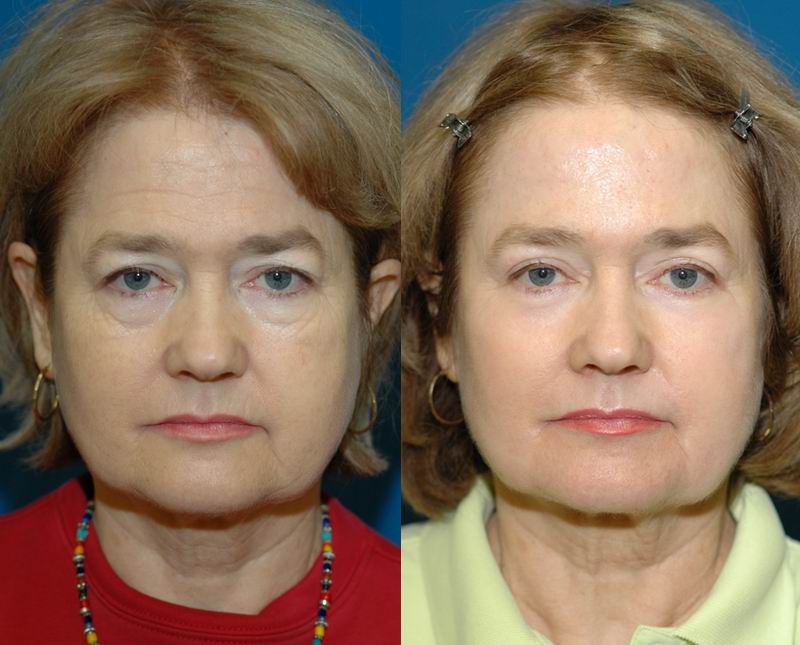
Upper and Lower blepharoplasty, Fat grafting, and laser resurfacing of full face by Sam Naficy, MD. * Individual results may vary.
Eyelid Lift Photo Gallery
You may wish to browse through the gallery of representative before and after eye lift pictures. Click on any of the thumbnails to enter the slide show. All procedures were performed by Dr. Sam Naficy and some patients may have had more than one surgical procedure performed. The text accompanying the photos describes the details of the procedures performed.
* Individual results may vary.
Can a brow lift be combined with blepharoplasty?
There are situations when an upper blepharoplasty by itself is not sufficient for optimal results. These are typically patients who have a significant amount of 'hooding' of the upper outer corners of the eyes. In these situations, a combination of a brow lift and upper blepharoplasty performed at the same time will produce the best cosmetic outcome.
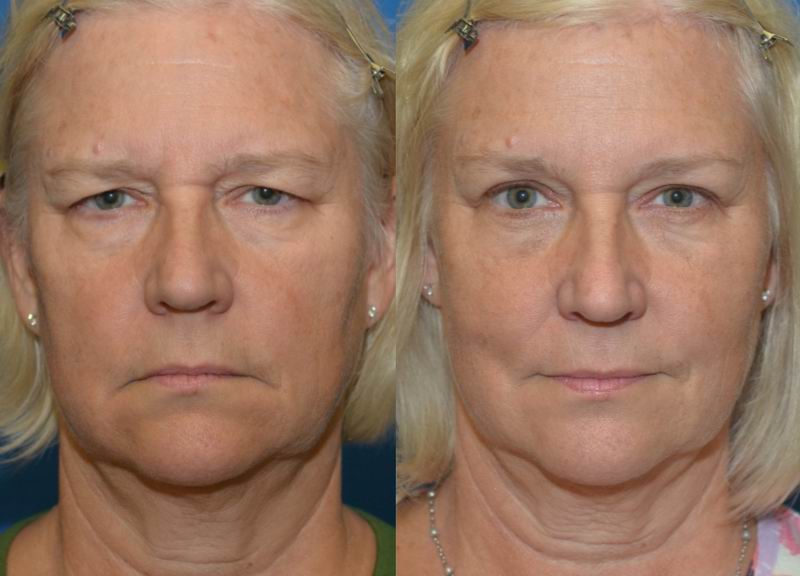
Upper blepharoplasty and Brow lift by Sam Naficy, MD. * Individual results may vary.
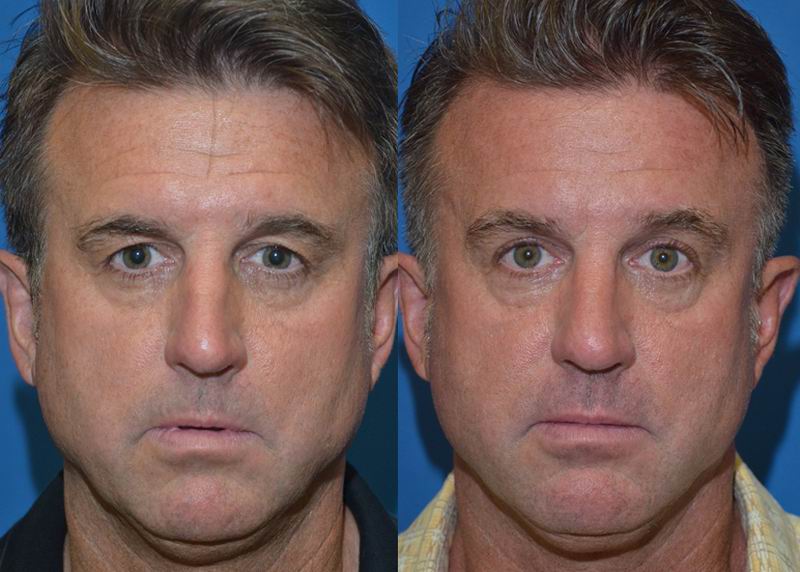
Upper blepharoplasty and Endoscopic Brow lift in a male patient by Sam Naficy, MD. * Individual results may vary.
Can fat grafting be combined with blepharoplasty?
Upper blepharoplasty and fat grafting to the face make a terrific combination when performed at the same time. Fat grafting has a very positive anti-aging effect on the face as a whole, but in particular in the region of the lower eyelids and upper cheeks.
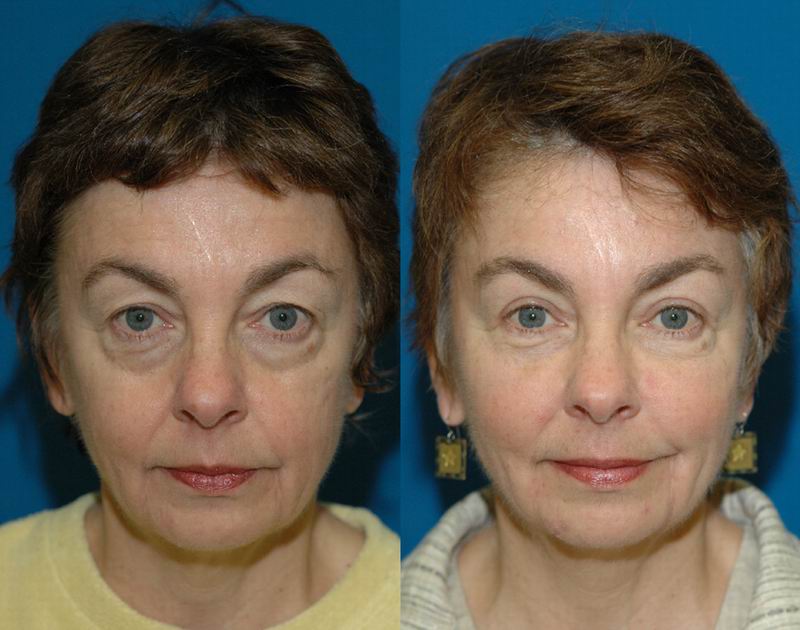
Upper blepharoplasty and Fat grafting by Sam Naficy, MD. * Individual results may vary.
How is upper blepharoplasty different in men?
Upper blepharoplasty is quite popular among our male patients since the results are subtle and natural and the recovery times are generally brief. Men will often combine upper blepharoplasty with lower blepharoplasty and fat grafting.
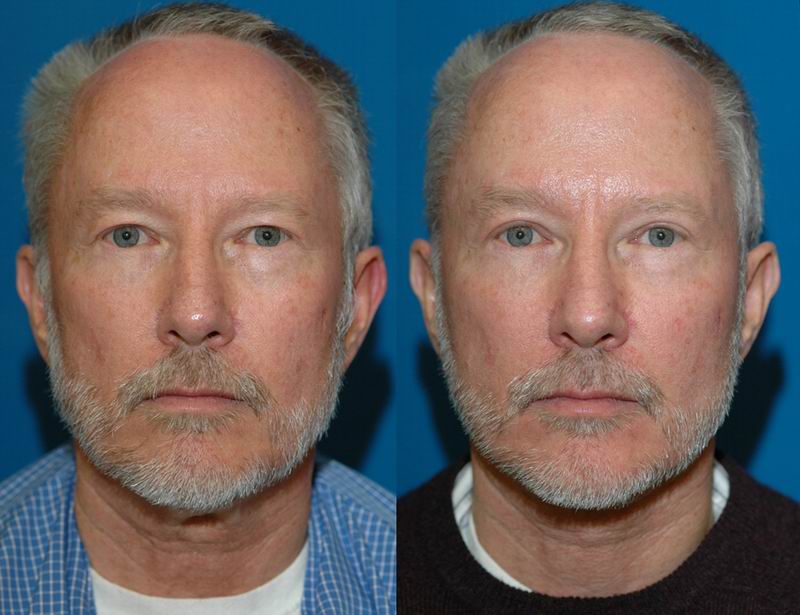
Upper blepharoplasty in a male patient by Sam Naficy, MD * Individual results may vary.
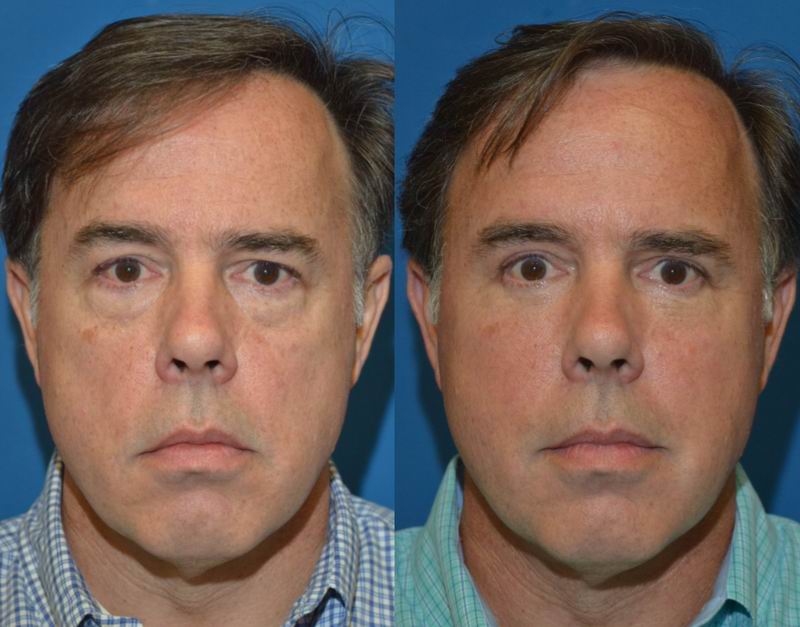
Upper blepharoplasty, Lower blepharoplasty, and Fat grafting in a male patient by Sam Naficy, MD * Individual results may vary.
What type of anesthesia is used?
A number of anesthesia options are available and your anesthesia provider will discuss with you which one is most appropriate for your health status and procedure. Some procedures require general anesthesia, while others may be done with IV sedation. With either, your heart rate, blood pressure, breathing and oxygen levels are monitored continuously by your anesthesia provider.
General anesthesia means that you are completely asleep for surgery and the placement of an intravenous line and a breathing tube is required. Frequently, numbing medication is also placed during surgery by your surgeon.
IV sedation is also called “monitored anesthesia care” or MAC. This involves receiving sedation and pain medication through an intravenous line (IV). At the beginning of the procedure, when you will be the sleepiest, your surgeon will be placing numbing medication in the area of the surgery. Once the area is numb you will require less sedation and pain medication but you will continue to receive enough medication to keep you sedated and comfortable during the entire procedure. During your surgery you may be receiving oxygen. Airway devices may be placed during IV sedation to keep you breathing normally.
Anesthesia guidelines [21kb PDF]
What is the recovery like?
There is typically minimal eye discomfort after the procedure, similar to having an irritated eye from allergies. Some swelling and discoloration may develop around the eyes for a few days. With make-up, most of our patients can typically return to work or social activities in one week although individual healing times may vary.
Post-operative care instructions [12kb PDF]
I am interested! What do I do next?
If you are considering this procedure we encourage you to complete this Surgical Consultation Intake Form. Dr. Naficy will tell you whether you are a suitable candidate for this procedure and inform you of the potential risks of the procedure. There is a great variety in eyelid shapes and features and each procedure must be custom tailored for the patient to get the best possible result. You will also have a chance to view before and after photo albums of his patients who have undergone procedures similar to what you are considering.


